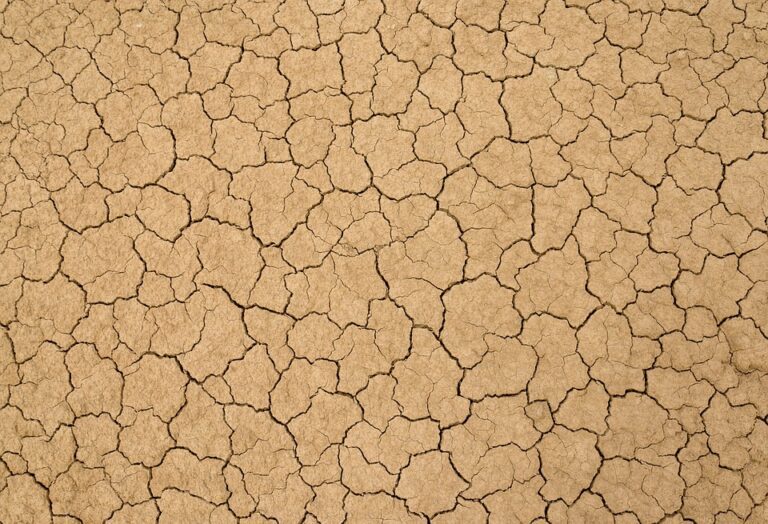Agriculture, a cornerstone of human civilization, has long been synonymous with bountiful harvests and the satisfaction of providing food for the masses. However, amidst the bucolic imagery of lush fields and rolling pastures lies a pervasive issue that threatens waterways and ecosystems: agricultural runoff. This silent crisis not only endangers aquatic life but also has far-reaching consequences for human health, food security, and environmental sustainability.
Understanding Agricultural Runoff
Agricultural runoff refers to the water that flows over farm fields and into nearby water bodies, carrying with it a range of pollutants. These pollutants include nutrients (particularly nitrogen and phosphorus), pesticides, sediments, and pathogens, all of which originate from various farming activities. When it rains or when irrigation water is applied in excessive amounts, these contaminants can be transported into rivers, lakes, and groundwater, polluting them in the process.
The Mechanisms Behind Runoff
Several factors contribute to the occurrence and severity of agricultural runoff:
-
Fertilizer Use: Fertilizers are critical for crop growth, yet their over-application leads to excess nutrients leaching into waterways. Nitrogen and phosphorus, essential elements in fertilizers, are primary contributors to eutrophication—a process where water bodies become overly enriched with nutrients, leading to excessive algae growth and a reduction in oxygen levels.
-
Pesticides: The reliance on chemical pesticides for pest control has significant environmental implications. These chemicals can persist in the environment, harming non-target species and entering water bodies through runoff and leaching.
-
Soil Erosion: Unsustainable farming practices such as deforestation, monocropping, and inadequate soil conservation lead to soil erosion. Sediments from eroding soil can clog waterways, disrupt aquatic habitats, and act as carriers for other pollutants.
- Animal Waste: Livestock farming produces vast amounts of manure, which, if not managed properly, can contaminate water sources with pathogens, nutrients, and organic matter.
Consequences of Agricultural Runoff
The impact of agricultural runoff on water quality is profound and multifaceted:
-
Eutrophication and Dead Zones: The influx of nutrients from runoff promotes the rapid growth of algae, leading to algal blooms. When these blooms die, their decomposition consumes oxygen, resulting in hypoxic conditions or "dead zones" where aquatic life cannot survive. The Gulf of Mexico and the Chesapeake Bay are notable examples.
-
Contamination of Drinking Water: Runoff can carry harmful substances into groundwater and surface water, contaminating drinking water sources. Nitrate contamination, for instance, is linked to methemoglobinemia or "blue baby syndrome," a condition affecting infants.
-
Biodiversity Loss: Pesticides and sediments in runoff can destroy habitats and kill a wide range of aquatic organisms. This loss of biodiversity disrupts ecosystems and diminishes their resilience and productivity.
- Economic Costs: Managing the effects of agricultural runoff imposes significant economic burdens on communities. These costs include water treatment, declines in commercial fishing, and losses in recreational opportunities.
Mitigation Strategies
Effectively addressing agricultural runoff requires an integrated approach, combining policy interventions, innovative farming practices, and community engagement:
-
Best Management Practices (BMPs): Farmers can adopt BMPs to reduce runoff. These include cover cropping, conservation tillage, buffer strips, and nutrient management plans, which optimize fertilizer use and minimize soil erosion.
-
Riparian Buffers: Establishing vegetated areas along water bodies can trap sediments, filter pollutants, and provide crucial wildlife habitat.
-
Precision Agriculture: Leveraging technology to tailor farming practices to specific field conditions—such as variable-rate fertilizer application—can enhance efficiency and reduce excess inputs.
-
Regulation and Incentives: Government policies can enforce regulations on pollutant discharge and offer financial incentives for sustainable practices. The U.S. Farm Bill, for instance, funds conservation programs that support farmers in reducing runoff.
- Public Awareness and Collaboration: Educating the public and fostering collaboration among stakeholders, including farmers, scientists, and policymakers, is essential for sustainable solutions.
Conclusion
From farm to table, the journey of our food carries with it profound environmental implications. Agricultural runoff, while a complex issue, can be managed through concerted efforts that balance agricultural productivity with environmental stewardship. By integrating best practices, innovative technologies, and robust policies, we can protect our water resources and ensure a sustainable future for generations to come. As stewards of the land and benefactors of its bounty, it is our collective responsibility to address the nexus of agriculture and water quality, safeguarding the health of our planet and its inhabitants.
For more information on the subject, readers can refer to reputable sources such as the United States Environmental Protection Agency (EPA) and the World Bank’s water resources pages, which provide comprehensive insights and updates.
By offering readers not just context but also actionable steps and resources, this article aims to foster greater understanding and proactive engagement on the issue of agricultural runoff and its vast environmental implications.
